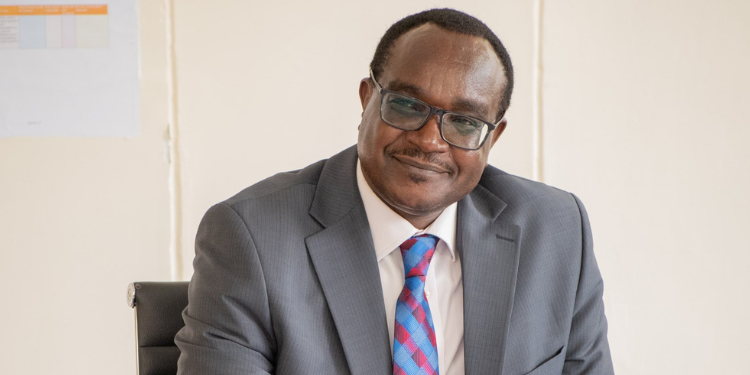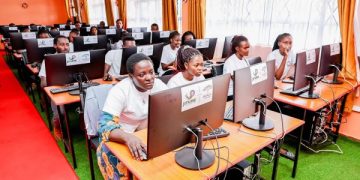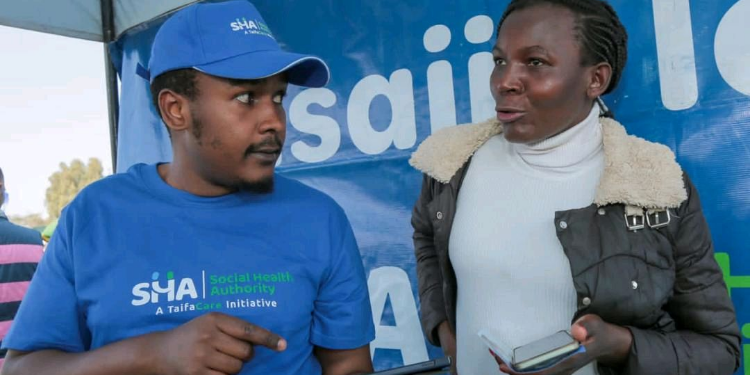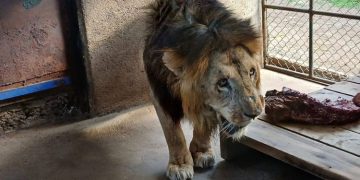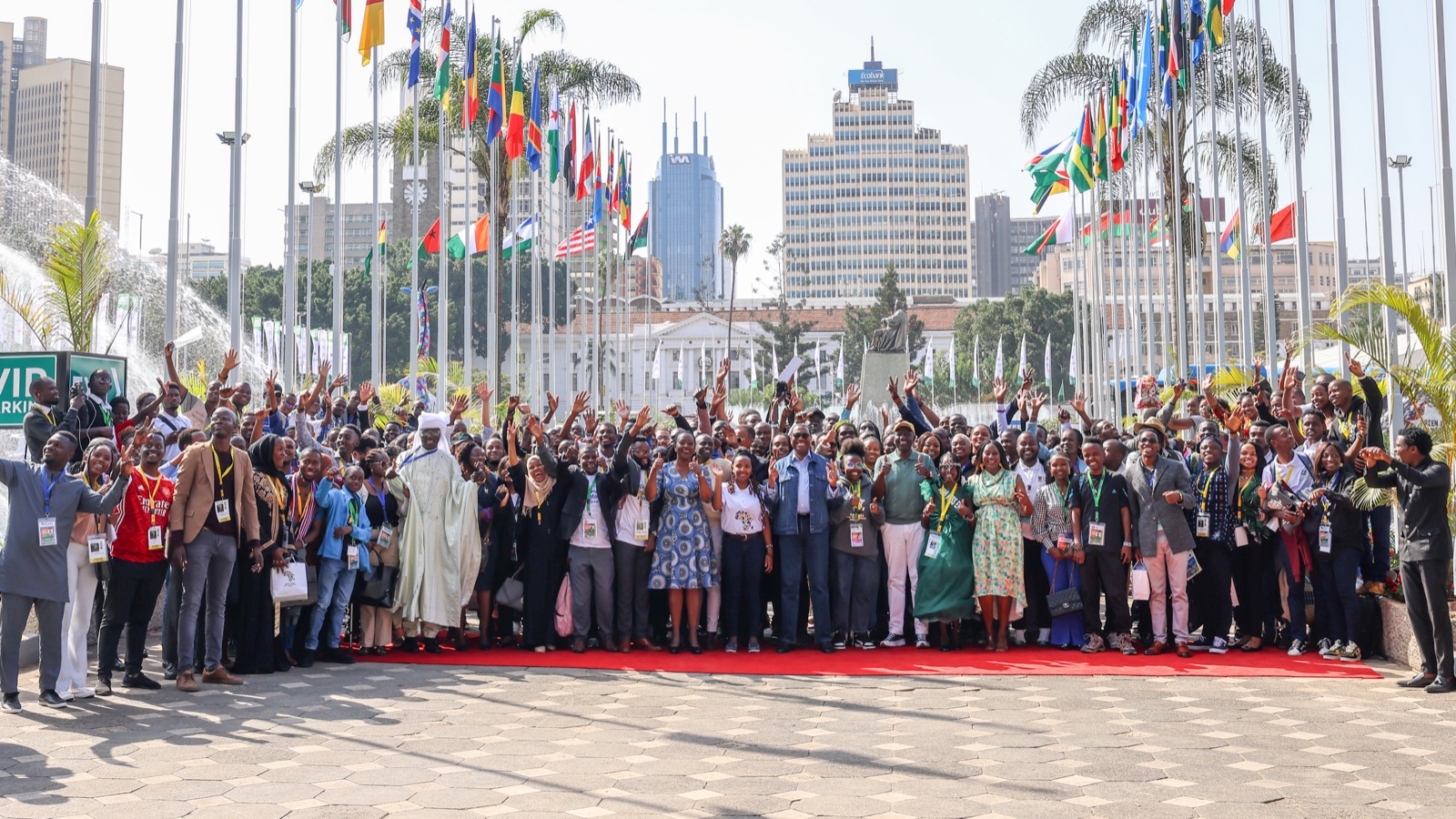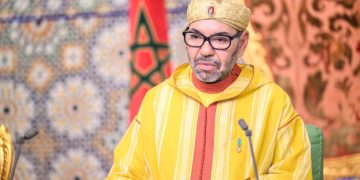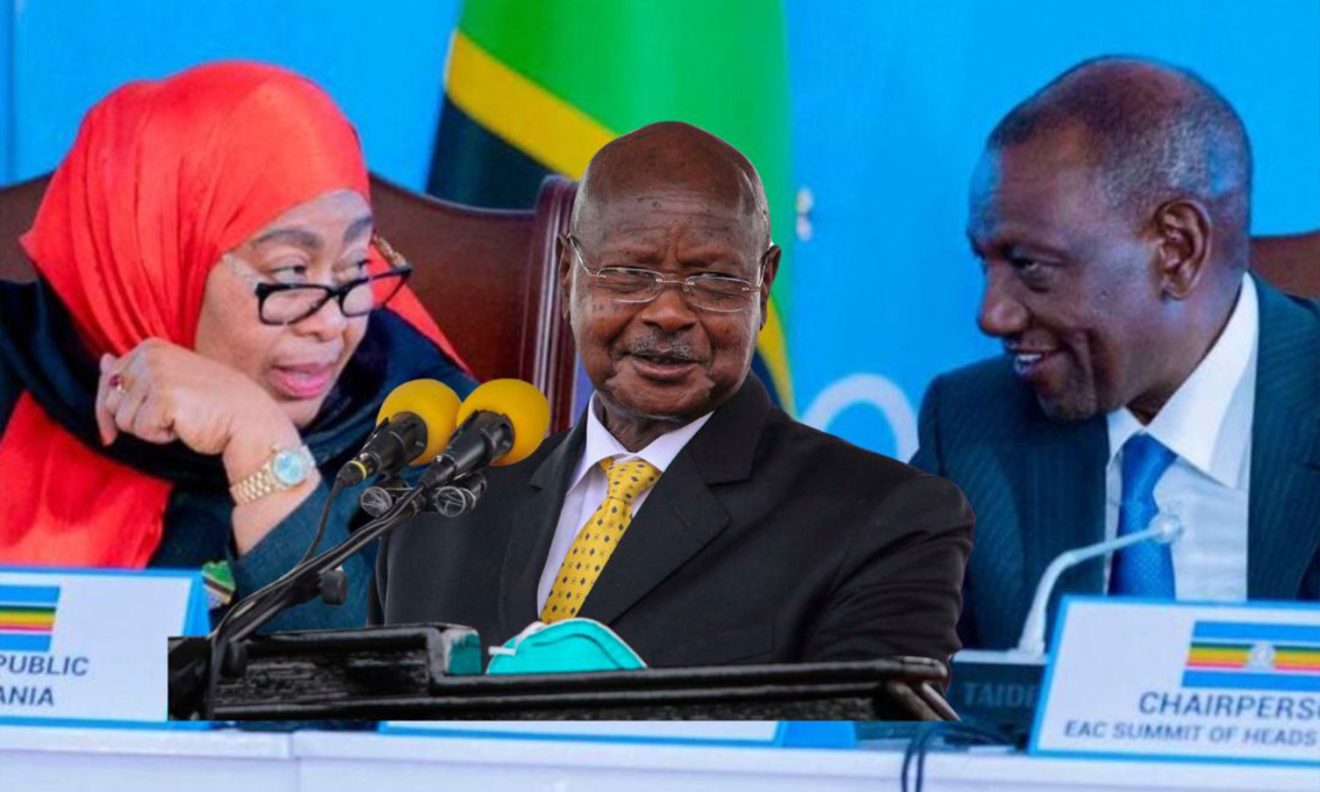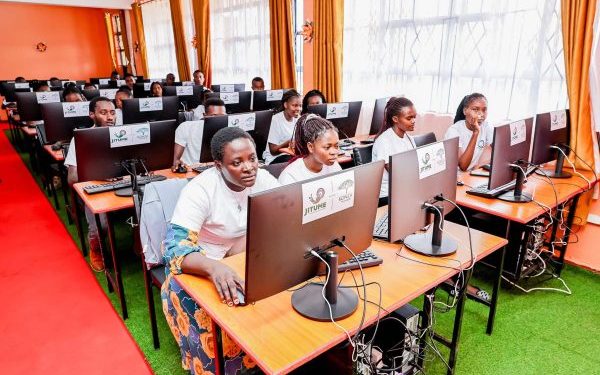Africa paradox is one of the continents endowed with immense resources yet afflicted by rampant youth unemployment and poverty.
Entrepreneurship has widely been acclaimed to be the panacea as African entrepreneurs can mobilise all the factors of production (land, labour, finance, capital goods, and technology) to take duly considered risks to create valuable goods and services, jobs and wealth for stakeholders.
Unlike DR Congo, Nigeria, South Africa, Angola, Libya, Botswana, and other mineral-rich countries, Kenya’s largest resource is its people.
Kenya Vision 2030 and its possible successor Vision 2063 target to transition the nation from a lower middle per capita income country (USD$1,136 – USD$4,495) into the upper middle per capita income republic (USD$4,496 – USD$13,935) and ultimately into a an industrialized high income state (above USD$13,935).
Kenya aspires to replicate the economic and sometimes political miracles exemplified by comparator Asian Tiger economies ( Singapore, Hong Kong, South Korea, Taiwan) , Asian Tiger Cubs (Indonesia, Malaysia, Thailand, Vietnam, Philippines), China, Mauritius as well Brazil and Chile in Latin America’s and Puerto Rico.
It can be argued that a necessary and sufficient condition for Kenyans to enjoy the envisaged high standard of living is above average investment in education, health and social protection safety nets to attain a globally superlative Human Development Index (HDI).
The Youths Challenge
United Nations Department of Economic and Social Affairs shows Africa’s population will grow by 154 percent from 1.49 billion in January 2024 (equivalent to 18.3 percent of world population) to 3.8 billion in January of the year 2100 ((equivalent to 37.3 percent of global population ).
According to UN Office of the Special Adviser on Africa, the number of African youths in the 15 to 24 age group will grow by 94 percent between 2023 and 2100 as contrasted to the world which will decelerate capriciously to negative 4 percent.
Africa already has a youth population bulge in its population pyramid as the number of youths aged between 15-24 years have risen beyond 20 percent of its total population.
The youth population bulge can be a demographic dividend where youths form the core of a large skilled innovative workforce and market for goods. It can also be a demographic curse characterized by pervasive galloping youth unemployment, underemployment, poverty, inequality and Arab Spring urban social-political unrest as seen with youth led rebellions in
Tunisia, Algeria, Morocco, Libya, Egypt, Yemen and Sudan and then recent Gen-Z revolts in Kenya, Sri Lanka, Bangladesh and Madagascar.
The African Development Bank estimates that almost 12 million young Africans join the job market every year. Of these, only 3 million get formal decently paying and more stable jobs as the continent suffers from low creation of opportunities for her people.
The rest 9 million are either absorbed in the informal sector or are youths Not in Employment, Education or Training (NEETs). ILO projects Africa’s youth NEETs at 77.9 million (World 276.4 million) in 2025 with its youth NEETs rate at a high of 26.1% (World 21.8%). ILO data for 2024 put Kenya’s share of youth Not in Employment, Education or Training (NEET) at 19 percent.
The other tragedy for Africa is wastage of youths who have completed either or both primary school and secondary school basic education. The continent is yet to guarantee every African youth a university or TVET tertiary education for them to be equipped with requisite skills to have livelihoods which earn them a decent income amidst a rising fully blown cost of living crisis.
For instance, data from KNBS Economic Survey shows Kenya had 97 teacher training colleges, 2,756 public and private TVET institutions (vocational training centers, technical and vocational colleges, national polytechnics and Kenya School of TVET) and 72 public and private universities in 2024. The number of Kenya Certificate of Secondary Education (KCSE) candidates in 2024 stood at 965,172.
The number of teacher trainees (P1 and diploma for both primary and secondary school trainee teachers) stood at 41,154. In FY 2024/25 the number of government sponsored students placed to universities and TVET institutions (diploma, certificate and artisan) stood at 329, 811.
Although this is not a like for like comparison, the difference between KCSE graduates versus Teacher Training Colleges intake plus Kenya Universities and Colleges Central Placement Service (KUCCPS) allocations shows a deficit of 594,207 youths who did not get government tertiary education support.
Some could have gotten support from their families to get post-secondary school skills but the vast majority of this lot lacks passport skills to earn decent incomes in their lifetimes. Since such like deficit applies for every secondary school cohort every year across Africa, there are millions of African youths and adults destined to earn dismal lifetime incomes just because they were left behind when public purse doors closed for their TVET tertiary education.
The African Youth TVET Jobs and Wealth Creation Marshall Plan
There is no single silver bullet but deliberate orchestration of various left behind youths and adults TVET skilling and re-skilling initiatives on a grand scale can fix this colossal deficit of population to have a better and higher expected lifetime incomes and standard of living.
For starters the Kenya National Qualifications Authority can accelerate the recognition of non-formal and informal learning for the millions employed in the informal Jua Kali sector.
Also Read: Australian Institute Partners with 7 Kenyan TVETs to Offer Accredited Courses
KNQA defines Recognition of Prior Learning (RPL) as, ‘’a process through which the skills, knowledge, and competencies gained by an individual through work experience, informal training, or life experiences are recognized towards the attainment of a formal qualification or certification’’.
For Africa to train and absorb an army of blue collar workers, the continent will need to consciously and deliberate whet an appetite invest in both supply and demand side interventions on the grandest of scale.
On the supply side, doing TVET education differently would entail offering an orchestrated set of unprecedented massive injection of taxpayers funded expansion of TVET infrastructure and recruitment of tutors for skilling of millions excluded from formal tertiary education over the years.
The TVET curriculum would need to be rebooted to adopt global best practices and add modules for financial literacy and entrepreneurship education.
Adoption of the globally renowned German and Swiss apprenticeship model is paramount. All TVET graduates would also need to be given a taxpayer funded starter toolkit.
A public credit risk guarantee scheme would be able to entice banks to give credit to the TVET graduates to usher in an age of a ‘’TVET startups nation’’. This would be the self-employment route for the army of TVET graduates.
Also Read: Explained: How TVET Students Can Register for KNEC Exams
Revolutionizing the domestic opportunities economy to absorb the millions of TVET graduates, African governments should match rapid expansion of the demand side through massive National Treasury financing of replication of Chinese Communist Party (CCP) Chairman Mao Zedong’s 1958 to 1962 Great Leap Forward grand import substituting and export promotion driven industrialization campaign.
The Urban Redevelopment Authority of Singapore is the benchmark on urban planning mastery after successful 100% total urbanization of its population. Simultaneous acceleration of Africa’s planned urbanization and industrialization would provide the continent with two engines for rapid expansion of continent’s opportunities economy.
Exporting skilled TVET labor to countries with a deficit of blue collar workers and those with a severe ageing population problem. This would fix Africa’s problem of youth unemployment while benefiting from higher diaspora remittances in volume and as a percentage of GDP to support national savings, investments, consumption by household and anchor local currencies from depreciation.
The continent would also get a brain gain as TVET Africans in diaspora return home to invest leveraging their savings, global experiences and networks to set up thriving enterprises.
Follow our WhatsApp Channel and X Account for real-time news updates.
